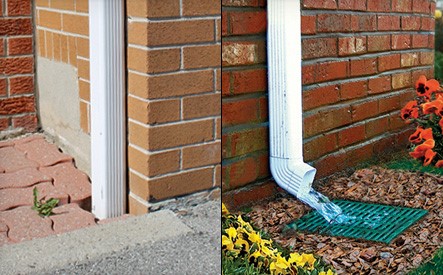Fire Prevention Week
Each year, fire departments across North America observe Fire Prevention Week to commemorate the Great Chicago Fire in 1871 and the devastation it caused. This year marks the 104th year of Fire Prevention Week, which was first celebrated in 1922.

